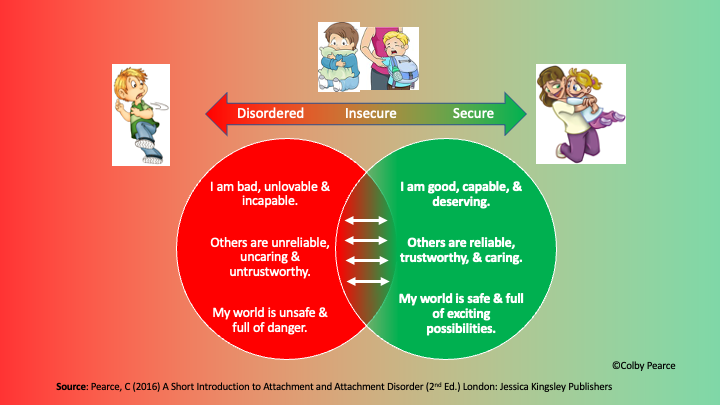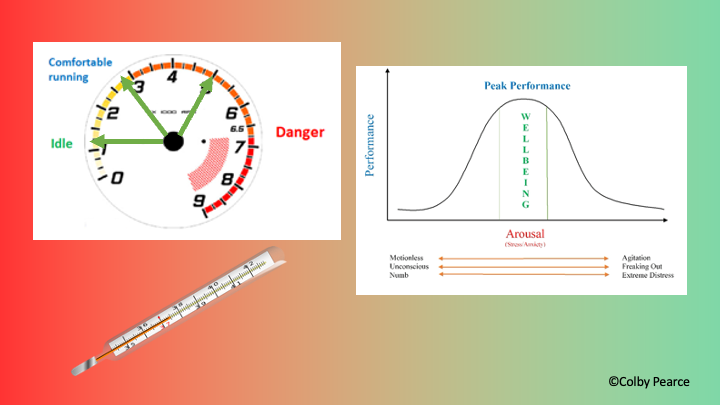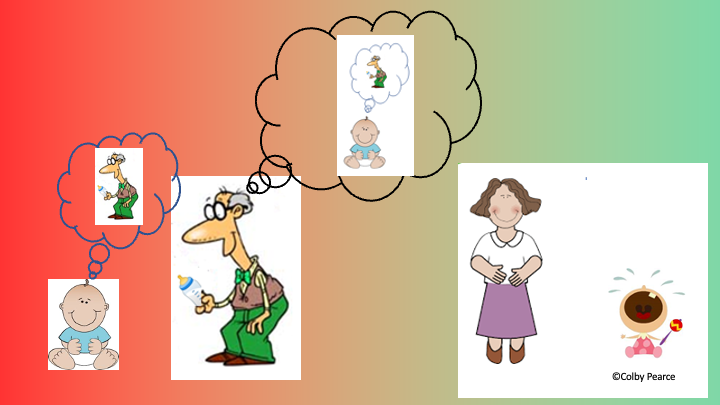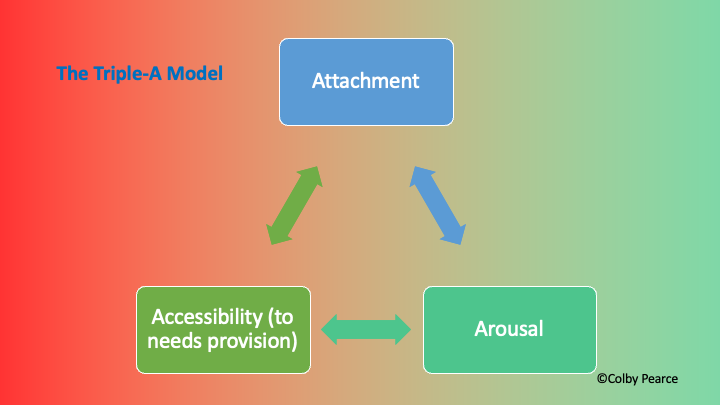
So, what do we know about the inner world of children and young people recovering from a tough start to life?
Let’s start with attachment. It is beyond the scope of this training to explain attachment in depth. For more information about attachment, I again refer you to A Short Introduction to Attachment and Attachment Disorder (Second Edition). Children and young people who are recovering from a tough start to life in out-of-home care often have a history of broken and heavily compromised attachment relationships. This leaves them prone to approaching life and relationships under the influence of disordered attachment beliefs about themselves, others, and their world. Subconsciously, they see themselves in such terms as bad, unlovable, undeserving, and powerless. They see others, including adults in a caregiving role, as mean, nasty, and uncaring. They see the world as a risky and threatening place. Their behaviour, including the choices they make, often reflect these underlying attachment beliefs.
A common sign of this is a ‘don’t care’ attitude. Young people with a history of broken and/or disordered attachment relationships show a lack of care in relation to the impact of their behaviour on themselves, and on others. Their behaviour reflects an absence of self-worth and anticipation that relationships with adults in a caregiving role will be safe and satisfying. They make poor decisions about many aspects of their approach to life and relationships. Their behaviour might be viewed as maladaptive. They are susceptible to substance misuse, self-harm, and exploitative relationships. When challenged about their behaviour their simple reply is that they don’t care (and don’t expect you to, either).

A second aspect of the inner world worth considering is their arousal levels. Put simply, arousal refers to the level of activation of the nervous system. If our nervous system was the motor in a car, arousal reflects how fast the motor is running. Like other bodily functions (e.g. temperature), the motor running too fast or too slow is a problem. The nervous system of young people recovering from a tough start to life often runs too fast, leaving them prone to emotional reactivity, sleeplessness, hyperactivity, and impaired performance in activities of daily living.

In combination with disordered attachment beliefs, it leaves them prove to anxiety and activation of behaviours associated with the fight-flight-freeze response, including:
Fight: controlling, aggressive, and destructive behaviours;
Flight: hyperactivity, running away, hiding; and
Freeze: reduced responsiveness.

A third aspect of the inner world of young people recovering from a tough start to life is what they have learnt about accessibility to needs provision. Young people recovering from a tough start to life generally have learnt that you cannot always rely on adults in a caregiving role for needs provision. Rather, they have learnt that they must exert direct influence over adult caretakers to improve access to needs provision, satisfy their needs themselves, or do a combination of both. Seen in this way, the behaviour of the young person recovering from a tough start to life often reflects what they have learnt to do to secure a response to their needs. However, these behaviours are not commonly seen as such and, rather, are commonly referred to a stealing, hoarding, demanding, manipulative, and coercively controlling behaviour.

Considered together, these three aspects of the inner world of the young person recovering from a tough start to life reflects the Triple-A Model (Pearce, 2016, 2010). We can build healthy, regulating connections with young people who are recovering from a tough start to life through understanding and responding sensitively to these aspects of their inner world. In doing so, we are also supporting the development of inner state language and motivation to use it for the communication of needs and experiences.
To watch a simple video about the Triple-A Model, I refer you to Sam’s Story here.
Click here to enter the next page of this module.
To go back, click here.
To access the handbook for this self-paced learning module, click here.
